I took apart a microwave, and when I saw the magnetron, I conviniently remembered that I had heard that magnetrons were dangerous. I decided to research this a bit further (I know, great timing) and I found that some magnetrons contains berilyum oxide, which is fatal if you breathe it in. I also read that it is dangerous in this way only if it's crushed, then inhaled. (It is also lethal if if you ingest it, but I'm not planning on doing that).
Since we stopped using that microwave, I haven't dropped it on the floor or anything like that, so does that mean that it is safe to handle? How could the magnetron become dangerous? What precautions should I take to make sure that I'm safe?

